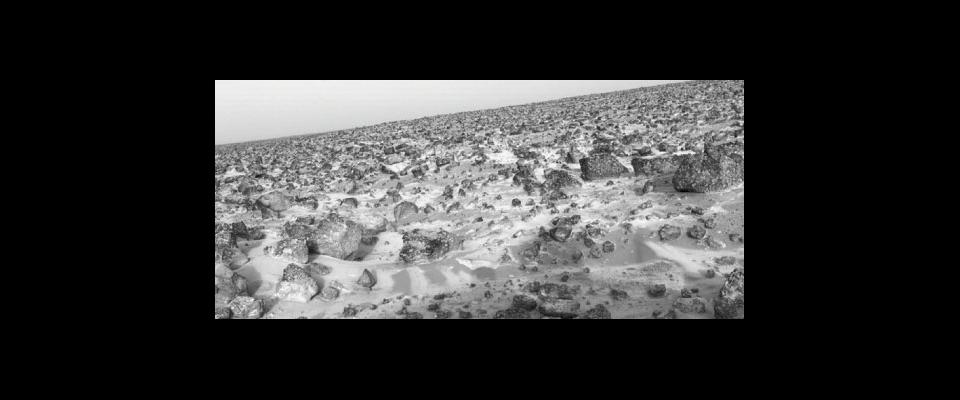Berkeley’s Space Sciences Laboratory (SSL) has received approval from NASA to launch two satellites, aptly named “Blue” and “Gold,” into orbit around Mars. Slated for launch in October 2024, the mission aims to understand how the Red Planet lost its early, Earth-like atmosphere.
Officially called the Escape and Plasma Acceleration and Dynamics Explorers (EscaPADE), the dual spacecraft mission was initially scheduled to hitch a ride on NASA’s Psyche mission in 2022. Psyche would have dropped the satellites off en route to the asteroid belt located between Mars and Jupiter. That plan was scotched, however, after a change in Psyche’s trajectory.
SSL was not willing to give up. In June, the lab was able to secure two Photon spacecraft provided by Rocket Lab, a space contractor in Long Beach, to carry its instruments—a collaboration that received NASA’s approval on its preliminary design and project plan in August. Furthermore, the space agency had agreed to fund the mission as part of its Small Innovative Missions for Planetary Exploration (SIMPLEx) program, which aims to find ways to explore space more affordably.
“Instead of spending $800 million for a 95 percent chance of success, can we spend $80 million for an 80 percent chance? This is what NASA is trying to find out with these missions, and we are lucky to be one of the guinea pigs,” Robert Lillis, SSL’s associate director for planetary science and astrobiology, told Berkeley News.
EscaPADE’s goal to better understand the history of Mars’s atmosphere will build on NASA’s Mars Atmosphere and Volatile EvolutioN (MAVEN) mission, now led by Shannon Curry, SSL’s deputy associate director for planetary science and astrobiology. The MAVEN spacecraft has been orbiting Mars since 2014, studying the interaction of the planet’s magnetosphere with the solar wind and how that affects the escape of gases from the planet’s atmosphere.
MAVEN has made great strides but is limited in only being able to measure changes occurring in one place at a time. “Even though MAVEN had done lots of great work, we still were left with this fundamental ambiguity that we couldn’t resolve in any other way than sending two [spacecraft],” said Lillis.
The twin satellites are expected to arrive in Mars orbit in 2026 after an 11-month journey. Lillis is confident of the mission’s value. As he told Berkeley News, “With simultaneous two-point observations of the solar wind and Mars’s ionosphere and magnetosphere, EscaPADE will bring us the first ‘stereo’ picture of this highly dynamic plasma environment.”




















